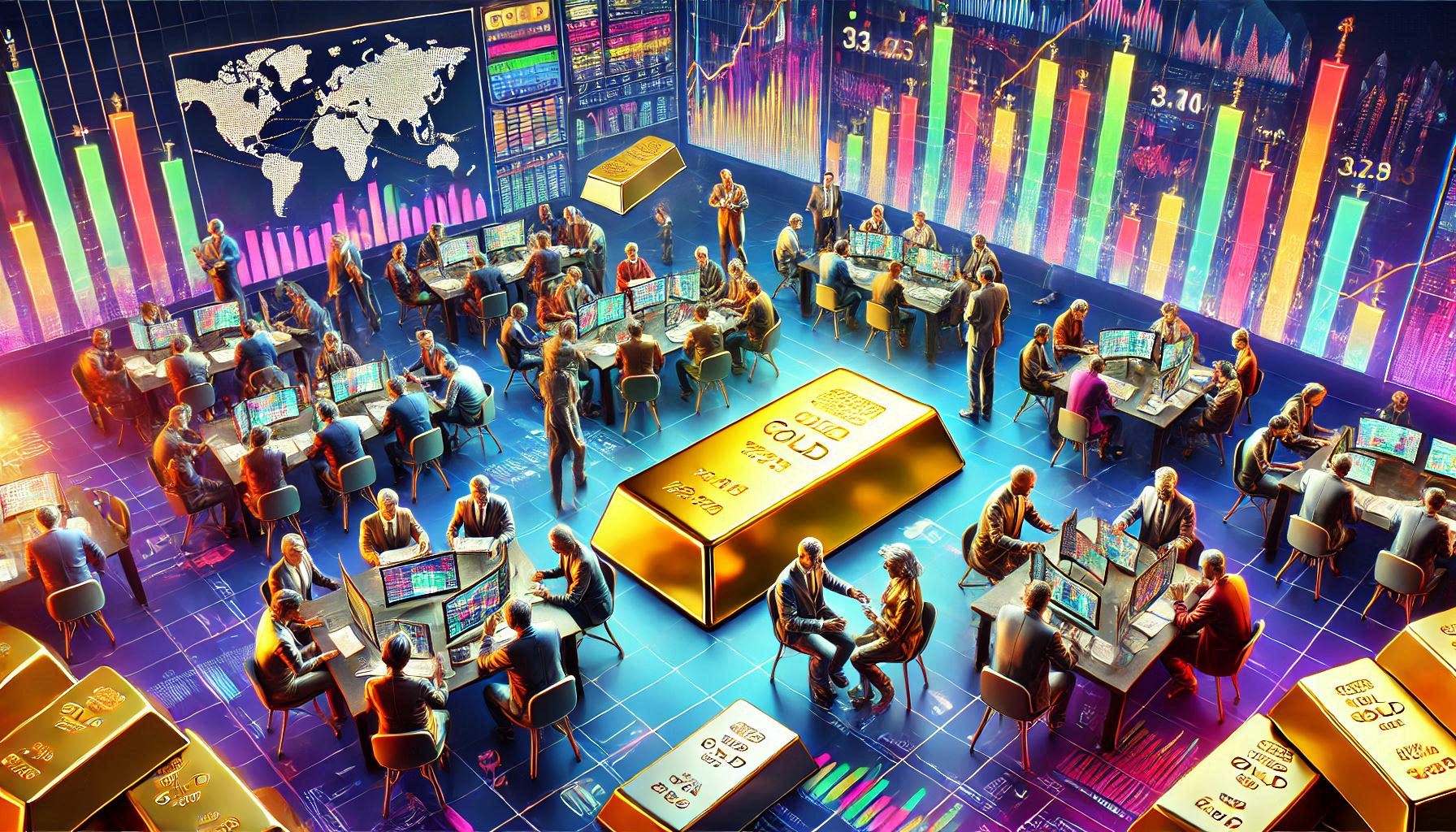Precious Metal Trading: A Comprehensive Guide
Introduction
Precious metal trading has been a cornerstone of financial markets for centuries, offering investors a way to diversify portfolios, hedge against inflation, and secure wealth during economic uncertainty. Popular metals such as gold, silver, platinum, and palladium play pivotal roles in global economies and industries. This guide delves into the essentials of precious metal trading, its benefits, risks, and strategies for successful investment.
What is Precious Metal Trading?
Precious metal trading involves buying and selling metals like gold, silver, platinum, and palladium in various forms, such as physical assets, derivatives, or exchange-traded funds (ETFs). These metals serve multiple purposes:
- Gold: A safe-haven asset used for wealth preservation and jewelry production.
- Silver: Known for its industrial applications and investment appeal.
- Platinum: Valued for its rarity and use in automotive and industrial sectors.
- Palladium: Essential in catalytic converters for emission reduction.
Forms of Precious Metal Trading
- Physical Metals:
- Includes coins, bars, and jewelry.
- Requires storage and insurance.
- Futures Contracts:
- Agreements to buy or sell metals at a predetermined price on a future date.
- Traded on commodity exchanges.
- Spot Markets:
- Involves immediate purchase or sale of metals at current market prices.
- ETFs and Mutual Funds:
- Provide indirect exposure to metal prices.
- Convenient and liquid options.
- Mining Stocks:
- Investing in companies involved in metal mining and production.
- Options and Derivatives:
- Provide leverage and hedging opportunities.
Benefits of Precious Metal Trading
- Portfolio Diversification:
- Reduces overall investment risk by adding non-correlated assets.
- Inflation Hedge:
- Precious metals often retain value during periods of inflation.
- Safe-Haven Assets:
- Serve as a refuge during economic or geopolitical instability.
- Tangible Value:
- Physical metals are durable and hold intrinsic value.
- Global Demand:
- Industrial and jewelry sectors drive consistent demand.
Risks of Precious Metal Trading
- Price Volatility:
- Influenced by economic data, central bank policies, and geopolitical events.
- Liquidity Risk:
- Some forms, like physical metals, may be harder to sell quickly.
- Storage and Security:
- Physical metals require safe storage and insurance.
- Market Speculation:
- Futures and options trading can result in significant losses.
- No Yield:
- Precious metals do not provide interest or dividends.
Factors Influencing Precious Metal Prices
- Economic Indicators:
- GDP growth, employment rates, and inflation affect demand.
- Central Bank Policies:
- Interest rates and monetary easing impact metal prices.
- Currency Fluctuations:
- Metals are typically priced in USD; a weaker dollar boosts prices.
- Industrial Demand:
- Especially relevant for silver, platinum, and palladium.
- Geopolitical Events:
- Wars, trade tensions, and political instability increase demand for safe-haven assets.
- Mining Supply:
- Disruptions in mining can create scarcity and drive prices higher.
Trading Strategies for Precious Metals
- Buy and Hold:
- Ideal for long-term wealth preservation.
- Day Trading:
- Exploits short-term price movements using technical analysis.
- Hedging:
- Protects against losses in other investments during market downturns.
- Seasonal Trends:
- Understanding historical price patterns to time investments.
- Dollar-Cost Averaging:
- Regularly investing fixed amounts to mitigate market volatility.
How to Start Trading Precious Metals
- Understand the Market:
- Research the fundamentals of each metal and its role in the economy.
- Choose a Trading Method:
- Decide between physical metals, ETFs, futures, or stocks.
- Select a Platform:
- Use reputable brokers or exchanges offering transparent pricing.
- Set Investment Goals:
- Define your risk tolerance and financial objectives.
- Monitor Market Trends:
- Stay updated on economic data and geopolitical events.
Tax Implications of Precious Metal Trading
- Capital Gains Tax:
- Applies to profits from selling metals at a higher price than purchase.
- Collectibles Tax Rate:
- In some countries, physical metals are taxed as collectibles, with rates higher than regular capital gains.
- Income Tax:
- Gains from futures or derivatives may be subject to income tax.
- Reporting Requirements:
- Ensure compliance with local tax laws when trading.
Conclusion
Precious metal trading remains a timeless investment strategy, balancing stability with the potential for growth. While the market offers numerous opportunities, it requires careful consideration of risks and thorough understanding of economic drivers. Whether you aim to preserve wealth, hedge against inflation, or capitalize on market trends, precious metals provide a versatile and enduring asset class for every investor’s portfolio.









